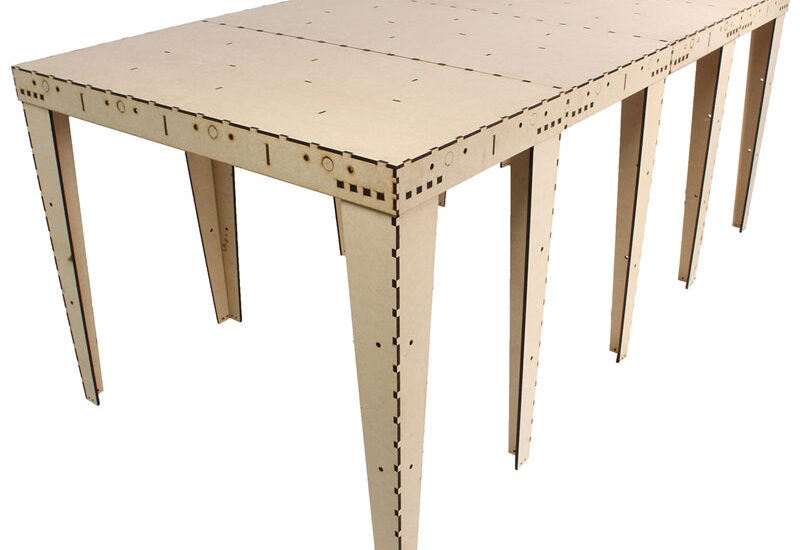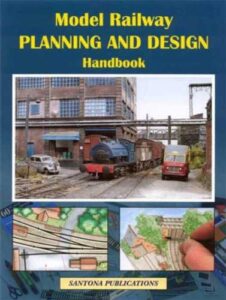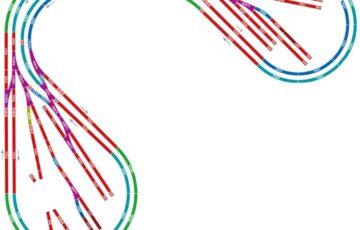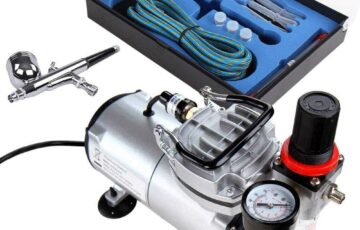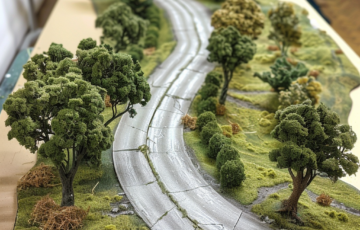The baseboard of a model railway can be one for the most daunting tasks for the inexperienced. This fear prevents many from progressing to even laying any track, let alone having a working railway. Our guide will take you through the choices and offer some simple solutions to get you started.
What is a Model Railway Baseboard?
To put it simply a baseboard is a sheet of material on top of a frame. Generally, the sheet material will be plywood, but many have shifted away from the use of wood, and we will present the different options available to you later.
The baseboard will be the surface on which your model railway will sit along with the other structures, buildings & scenery. Underneath your baseboard will be all the wiring for the track, signals, and any other electronics.
A good sturdy baseboard not only offers the surface on which to display your model railway, but it also offers protection to all the components ensuring a long lifespan. So, it is important not to rush this stage of the model railway.
There are now many prebuilt & bespoke railway baseboards available, a quick search on ebay will bring up some options, but these prebuilt baseboards will cost an arm and a leg so if you are working on a budget, read on.
Plan Your Model Railway
Some environmental factors to consider in the planning stage of your model railway are: In which room & space will your model railway go? Will it be portable to take to shows, where a lightweight baseboard would be beneficial, or will it be in a permanent location? Is the space dry and have a steady temperature as any major changes can damage the rails. Do you have electrical sockets available?
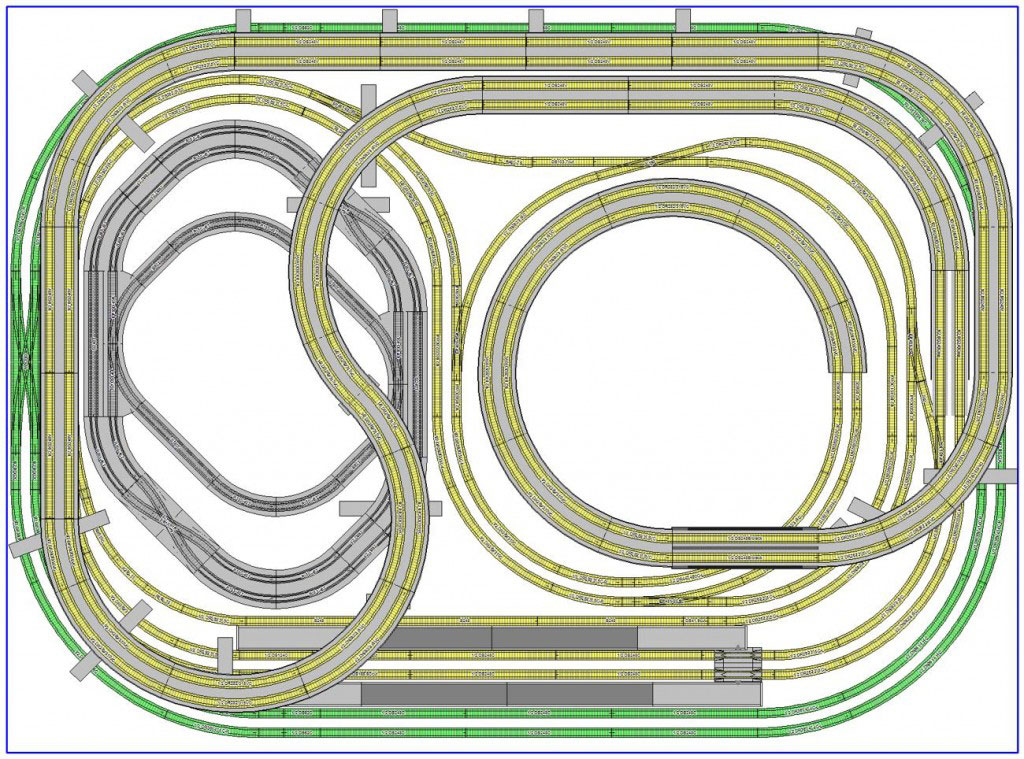
Moving onto the railway itself. Make a sketch of the track plan on some paper so you have a rough idea of what you want and the size of the layout. There are some great options online for track planning software, such as Scarm which offers a free & paid version. Most of todays track planning software incorporate all the pieces of track each manufacture has, so any plans you make can be done to the exact size you would expect. They can even be printed off to 1:1 scale and laid out on the baseboard!
Once you have planned the railway layout, you can then determine the needs of your baseboard. You want to ensure you can access all areas of the track easily without having to lean to far over the board as there will be scenery and other bits and bobs around your railway that could be knocked over.
Another important thing to consider is to keep the railway away from the edges of the board to ensure no accidental knocks will send the trains falling over the edge!
Constructing a Model Railway Baseboard
The general consensus in railway modelling is the baseboard and frame is made from wood. 9mm or 12mm Plywood for the baseboard itself and timber usually 2”x1” for the legs and frame. This provides a strong but also light baseboard to enable it to be moved should it need to be.
Choosing the height of your baseboard depends on where you will have it. In a low ceiling loft then it is likely that you will need short baseboard legs. If it will be in a room, garage or shed the ideal height would be one at which you don’t need to bend too much to work on it while keeping it easy to lean over and reach every part of the layout.
Build the framework of the baseboard using the 2”x1” with support bars running across it at equal distance. It must be strong enough to hold the plywood for the baseboard so that it does not warp. Using 9mm or 12mm plywood as the baseboard also helps to eliminate any warping. If after construction, you notice some imperfections don’t worry too much as long the baseboard is sturdy.
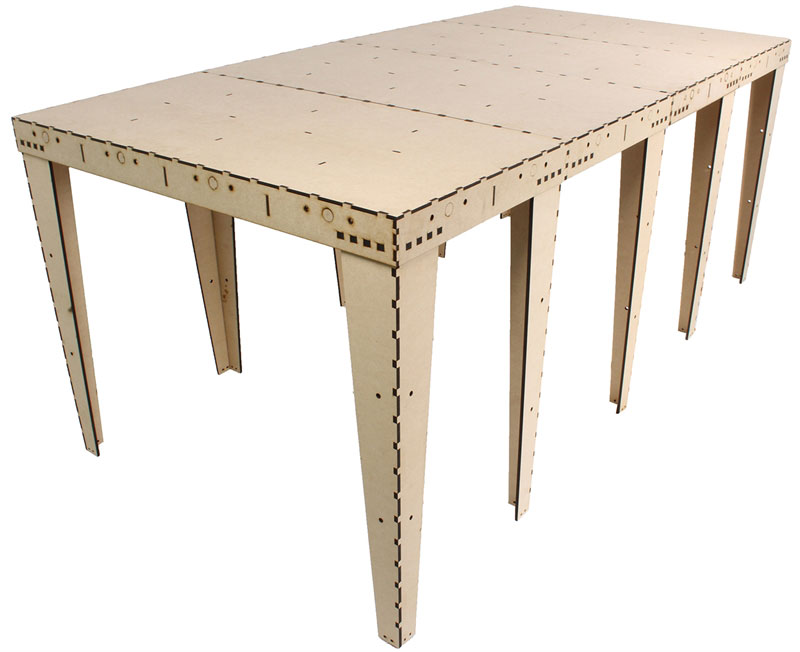
With the cost of plywood rising so much in recent months, other alternatives are chipboard or MDF. Again, the thicker the better as both MDF and chipboard can succumb to moisture and are both easier to damage.
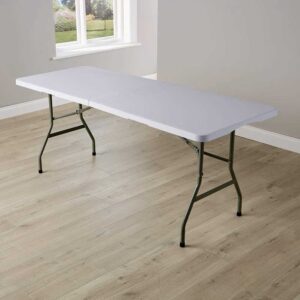
Alternative Railway Baseboard Ideas
As mentioned earlier, there are other options if woodworking isn’t your thing or if a lighter more portable baseboard is needed. While these other options do come with their drawbacks, they can be a option for your first model railway until you are more experienced.
Some of these other options include plastic picnic tables, usually 6ft in length. They are very light weight and sturdy. The legs can be folded inwards and come with a carry handle allowing the table to be carried with ease. Some of the basic table from Ikea , such as the Linnmon are ideal for smaller N, Z or T scale layouts. Costing less than £25 and with removable legs as well.
The major drawback to this option is that the table is quite thick. When it comes to drilling holes for wiring it can be pain especially if you wish to add electronic points to the railway layout. These baseboard options are best suited to beginners or more simple layouts.
Budget Railway Baseboards
A great alternative for those starting out on a budget can be seen on the Budget Model Railways youtube channel. They have made a railway baseboard from left over cardboard boxes at little or no cost! Again we would only recommend this for a simple beginner layout without to much scenery and extras.
Summary
The most important part of creating your baseboard, is planning and patience. The baseboard can seem like a hurdle to creating you mega model railway but taking some time to plan. With a good plan you could have your wooden framed baseboard constructed in less than a day, even with no wood working skills.

